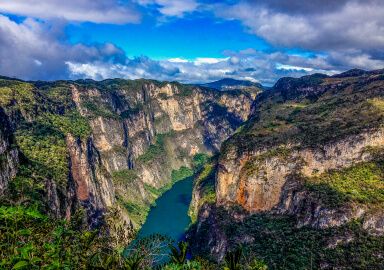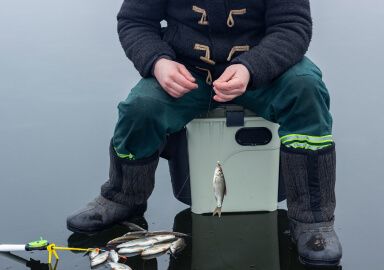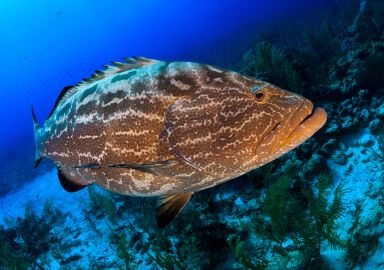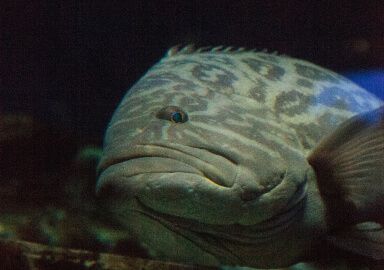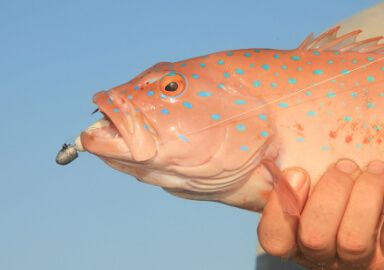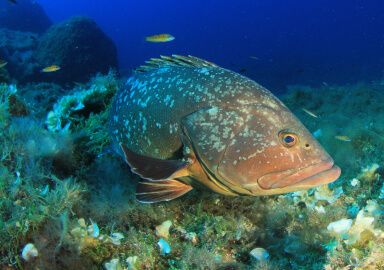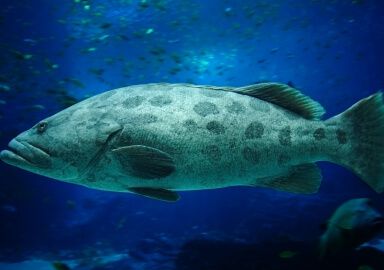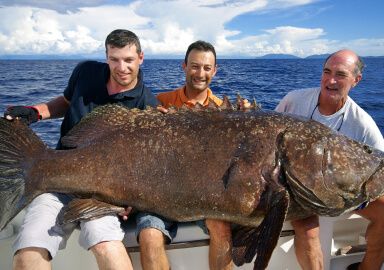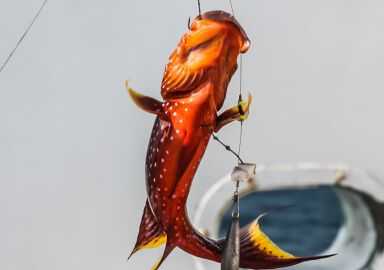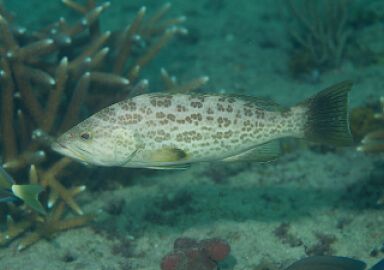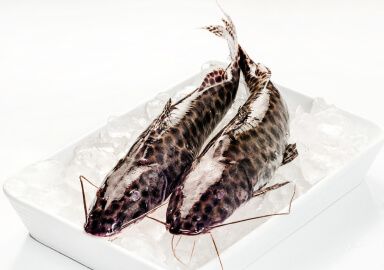Goliath Grouper
Goliath groupers are extremely large and exciting territorial residents of the inshore reefs and wrecks on the south eastern seaboard of the USA.
View 24 listings
24
listings
–
price starting from
6
countries
Where and When?
Although goliath groupers are distributed from the waters off north-eastern Florida through the Gulf of Mexico and islands of the Caribbean Sea and round the South American shore to Brazil, it is currently illegal to land this fish in the waters of the USA and much of the Caribbean area. Since 1990 in the USA and 1993 in much of the Caribbean area, there has been a moratorium on landing or killing this species. It is regarded as “critically endangered” due to overfishing and slow reproduction and growth, but has recently shown some signs of recovery. In 2022 Florida has proposed opening the species for a quota of 200 juveniles to be caught. There is also a population of goliath grouper along the West African shore from Senegal, in the north, southwards to Cabinda. They are usually found in depths from 1 to 100 meters (3-328 ft.) around almost any kind of structure. Fishing is reportedly usually best between June and August.
About Goliath Grouper
Atlantic giant grouper, or goliath grouper (Epenephelus itajara), are one of the largest bony fishes in the ocean. They have been recorded reaching 455 kilograms (1003 lbs), at about 2.5 metres (99 in) in length and an estimated age of 37 years but a more common size is about 1.5 metres (60 in). Their body is very robust and elongate with a large head and a very large mouth filled with many, mostly shortish but sharp, teeth. There are no canine teeth and the smaller teeth simply hold the prey in the mouth to prevent escape. Most large goliath groupers are greenish yellow or blueish yellow with small black spots on the dorsal side and some of the fins. Juvenile fish usually have three to four broad vertical bars down the body that disappear with age. They are generally an inshore species with juveniles often spending their first few years in very shallow waters in places like mangroves and tidal creeks. Once they mature, at about six years and about 115 centimeters (45 in) in males and slightly larger in females, they take up territories in structures such as reefs, which they will often defend against other large fish, or sometimes even divers. They form small spawning aggregations each year.
How to Catch?
Where it is illegal to land Atlantic giant grouper they must be released beside the boat, though photos may be taken. Due to its massive size and the fact that they frequently have a safe haven close by - into which they will inevitably retreat if hooked - very heavy fishing tackle is essential. While the fish may be found close to shore, nearly all fishing for this species is carried out from smallish boats in order to have a good chance of keeping the fish from returning to its nearby refuge. The preferred bait is the live bait, using any fish species that occurs in the area. Goliath groupers appear to be happy to engulf any fish, or other prey that fits into its mouth, that is unlucky enough to come within ambushing range. They are also fairly aggressive and are sedentary and so will usually take a suitable bait fairly soon after it is presented. The simplest strategy is to anchor your boat some distance from a structure where you suspect there might be a resident fish and cast towards the structure. As soon as the fish takes, let it run a short distance and then tighten the drag and expect excitement and a very hard struggle. Unbarbed mild steel circle hooks are probably the best terminal tackle and these will give the fish the best chance of surviving release. Even though you may not kill, or eat, an Atlantic giant grouper, even hooking one can give an adrenaline rush second to none and bringing one to the boat is a great achievement.


